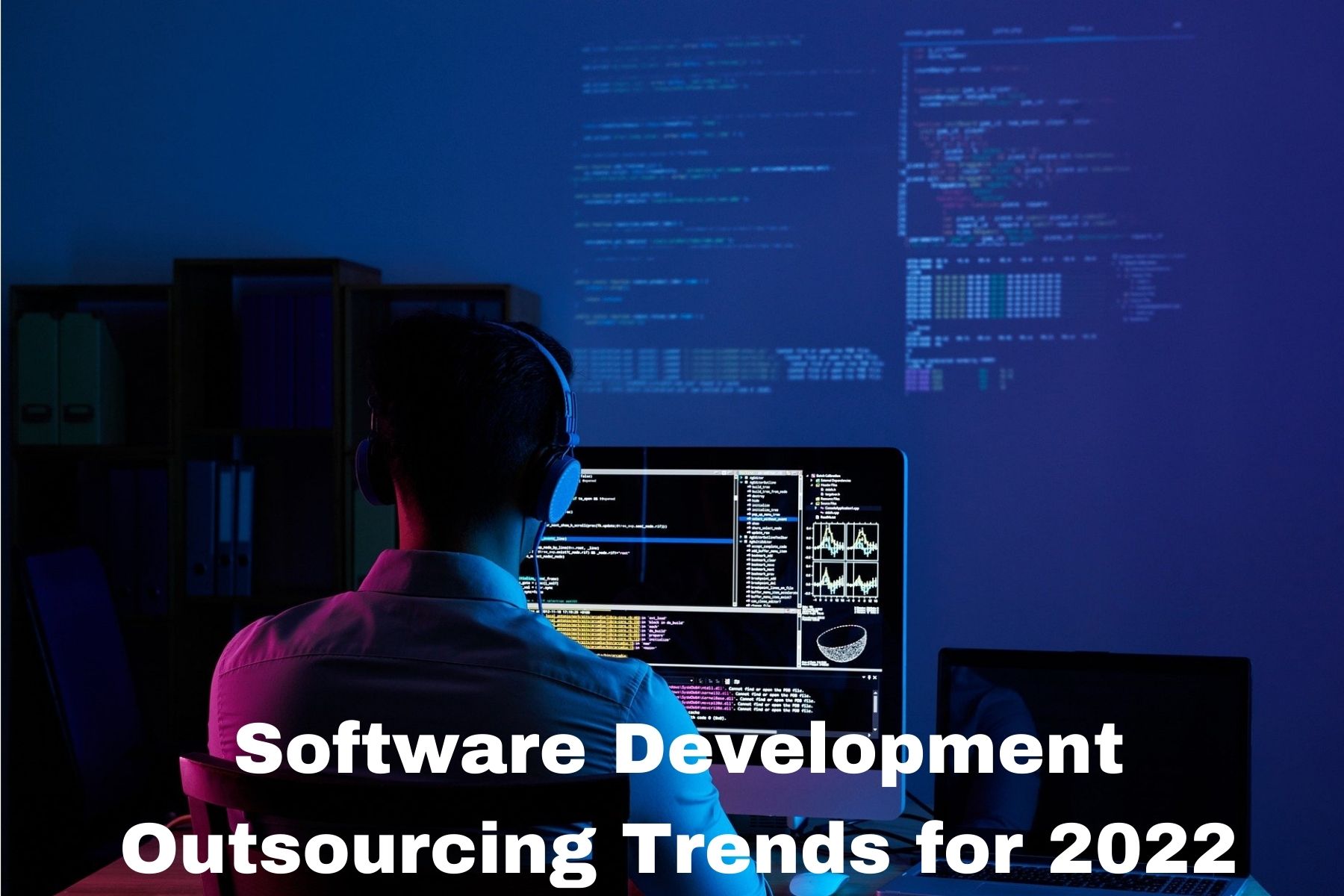The pandemic might have had an adverse impact on office goers and stakeholders. However, office-based organizations found new & innovative ways to adapt to this drastic change with the help of Enterprise mobility solutions.
From cloud computing technology to mobile applications and proprietary remote work software, stakeholders had to adjust to the new normal. And since the pandemic had stayed on for a long time, many new mobility solutions came to the fore. This trend will most likely continue for years to come as business leaders have identified the many benefits of adapting to remote work.
So, what are the Enterprise Mobility Trends that we should expect in 2022? Read on to find out!
What will the future of mobility look like?
According to a leading report by Gartner, some of the technologies & trends that will drive Enterprise Mobility Trends 2022 include:
- The Shift to 5G Network
- Visual Intelligence
- Advanced Wellness, Health, Safety & Compliance Technologies
- Augmented/Virtual Reality& Virtual/Mixed Reality
- Frontline Worker Technologies
- Wearables
- Workplace Analytics
- Continuous Endpoint Experiences
- Metaverse (2022 and beyond)
With an increase in remote work, most organizations are turning to technology-based interactions. Initially, this may affect employee experience. However, with upcoming technologies like Augmented Reality, Virtual Reality, Mixed Reality and the concept of Metaverse brought forward by Facebook, stakeholders will be able to interact and collaborate more efficiently.
Enterprise Mobility: Top 4 Trends for 2022
1. Virtual Assistants and Ai Chatbots
Using mobile devices such as laptops and smartphones comes with an array of advantages. Perhaps one of the biggest perks of using such mobile devices is the ability to delegate repetitive tasks to Ai which in turn improves staff productivity. In addition to this, IT teams can integrate self-learning algorithms (Ai/ML models) into mobile devices to help reduce workload.
With chatbots, organizations can seamlessly automate and simplify customer service processes like customer interactions, provide basic details and other important information. Stakeholders can also leverage chatbots as well as virtual assistants (Google Assistant, Siri or Cortana) to create tasks, reminders and even workflows. This eliminates bottlenecks, optimizes processes and enables organizations to achieve higher growth!
2. Bring Your Own Device (BYOD)
By encouraging employees/stakeholders to bring their own devices, organizations can easily cut costs associated with providing the necessary hardware/software. In addition to this, the BYOD model enables employees to seamlessly engage with the company ecosystem.
According to leading reports, more than 30% of organizations have encouraged their employees/stakeholders to use their own laptops, computers, smartphones for work.
A whopping 61% of businesses expect their stakeholder to be available from home despite not providing a company-issue device.
These are some things to take care of if organizations want to be BYOD ready:
Provide robust enterprise-level security to employee/stakeholder devices.
Install an operating system or software that will enable the IT team to monitor the devices.
3. Wi-Fi 6 and 5G Cellular Networks
The era of 4G and Wi-Fi edition 5 made large organizations & tech startups realize the value of reliable and high-speed internet connectivity. Now, with the introduction of 5G cellular networks and Wi-Fi edition 6, organizations will be able to do a whole lot more, in terms of remote work.
Here are a few exciting benefits of 5G and Wi-Fi 6 for organizations and stakeholders:
- 5G – Improved connectivity, data rates (up to 10 Gbps), less energy usage (as compared to 4G) and low latencies.
- Wi-Fi 6 – Improved performance (even in crowded areas), better network speed and optimal battery usage.
How do these benefits help organizations?
- Stable video-conferencing
- Better data management (in Cloud)
- Excellent collaboration
With high-speed and stable internet connections, companies can now leverage a variety of enterprise mobility solutions such as cloud computing systems, video-conferencing platforms, web collaboration systems and many other tools to improve productivity and drive growth!
4. Hybrid Cloud
Instead of going for completely public or private cloud technologies, many organizations are increasingly leveraging hybrid cloud capabilities.
To put it simply, a Hybrid cloud is a combination of on-premise private cloud and public cloud technology. But, why are organizations turning to Hybrid cloud capabilities?
Hybrid cloud offers better remote workforce support as compared to public cloud technology. In addition to that, IT teams can seamlessly manage the security of devices and thwart and untoward incidents quickly. Hybrid cloud enables organizations to quickly adapt to new market requirements while facilitating scalability and management of organization data.
These are some of the top Enterprise Mobility Trends that you should watch out for in 2022. ARSR holds expertise in developing a myriad of Enterprise Mobility Solutions and offers curated services like Experience Design Consulting, Production and Implementation of GUI, Redesign Existing Product/Systems/Apps for large organizations, SMEs and tech startups.






